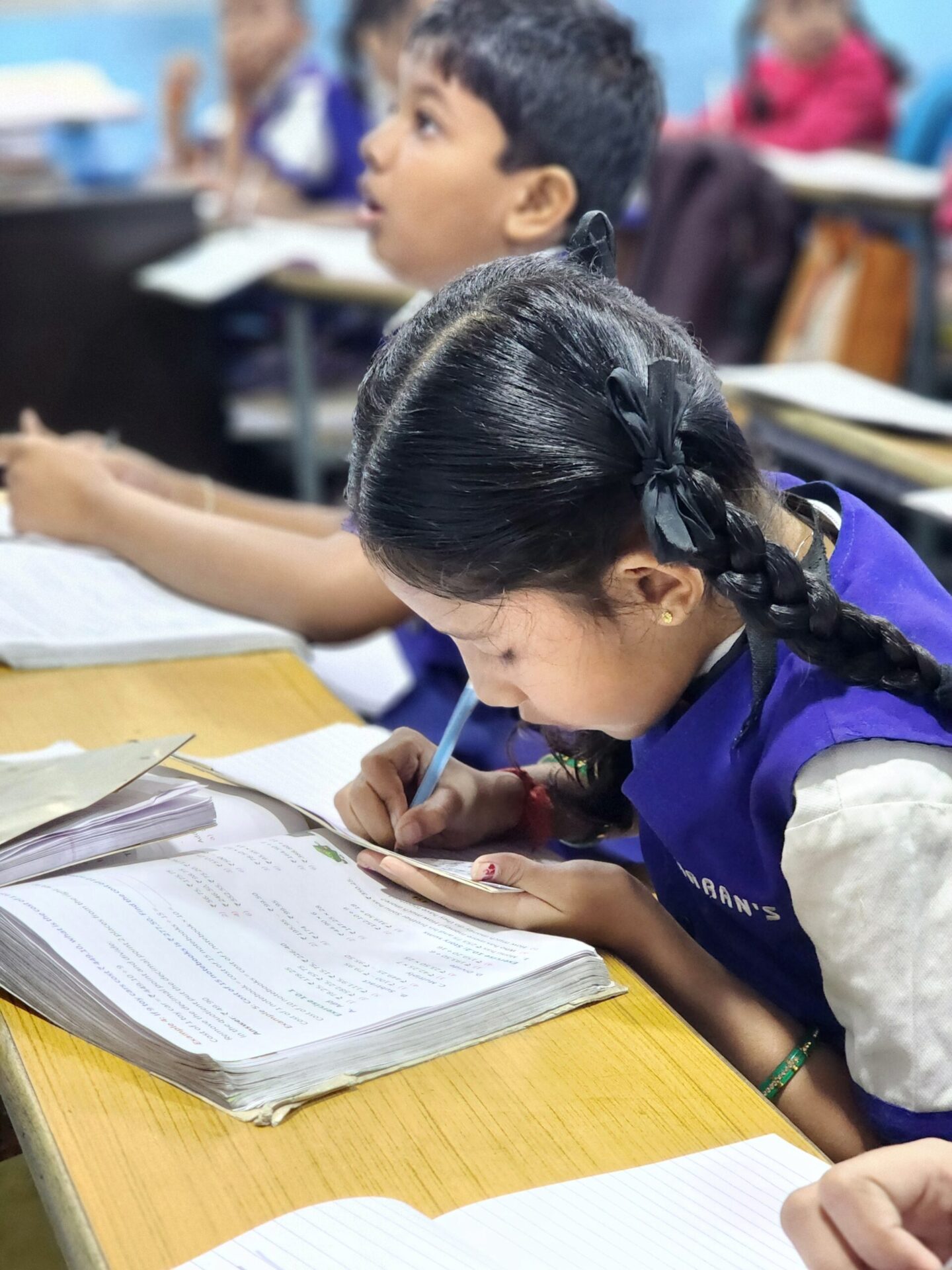Teachers can use insights from neuroscience to help ensure that learners stay engaged during class and are more likely to retain information.
Tags:
Teacher-tested strategies designed to minimize the need to repeat instructions in class.
In her high school English classroom, Rebecca Alber often repeated instructions over and over again. Focused on “honing the more measurable literacy skills—reading, writing, and speaking,” the important work of holding kids accountable for skills like paying attention to directions felt less pressing.
But when students grow accustomed to “hearing instructions twice, three times, and even four times, listening the first time around becomes unnecessary,” writes Alber, now an instructor at UCLA’s Graduate School of Education.
Even when teachers feel they’ve delivered clear, concise instructions—and that students have absorbed and processed the details—the outcome can be frustrating.
“As you peered into the crowd, youngsters nodded with assurance, giving you overall satisfaction. They definitely got it!” writes Daniel Vollrath, a high school special education teacher. “A minute later the question gets asked, ‘What do we need to do again?’”
We dug into our archives to line up six smart teacher-sourced strategies designed to cut down on the need to repeat instructions and shore up what Vollrath describes as students’ ability to “listen with understanding.”
REPEAT AFTER ME
To get students listening more closely the first time, “ask a couple of students to re-explain the instructions to the class,” suggests educator Connie Radbourne.
“They never know who I will ask! It helps them to listen closely.”
For a slightly more involved variation, ask students to turn and repeat the directions to a partner, then ask a volunteer to repeat the directions to the entire class.
“This process takes less than a minute but allows additional time for auditory processing and repetition for any students who may need it,” notes Gina DiTullio, a principal in Rochester, New York.
Related Posts
Consistently revisiting classroom goals and expectations throughout the year establishes a climate for success. Effective classroom management structures are vital for student learning. They typically involve routines, procedures, and expectations established early in the year. But as time progresses, we may benefit from a reset. Though it’s tempting to push through minor misbehaviors and forge
To help students avoid plagiarizing, high school teachers can foster an environment where honesty and respect are values held in common. When I encounter academic dishonesty in my classroom, I experience a complex blend of emotions: disappointment, sadness, and a profound sense of collective responsibility. These situations prompt introspection, compelling me to question my effectiveness
Previous Story
Promised Academic Excellence
Next Story


